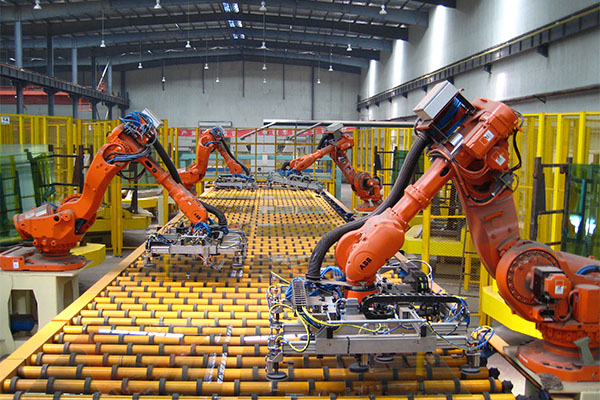On a recent summer day, I captured some thoughts around robotic piece-picking and its future in the warehouse automation space that are still relevant today as the leaves begin to turn. These are my thoughts and observations:
It was 90 degrees out. I was working from home while my kids socially-distanced from the world outside in our pool, and I reflected on the first half of the year.
From the perspective of the related businesses of retail, e-commerce, grocery, material handling, robotic automation, industry trade shows and events, it had already been a year like no other. Partly because I find the emergence and adoption of new technologies fascinating, and partly because it’s my job, I’m wrestling with what this all means for something near and dear: the future of autonomous robotic piece-picking machines and how they fit in with where fulfillment operations are going.
It’s a lot to unpack. In some sectors, demand is up, and in others its way down. Some companies are flush with capital, and others are filing for bankruptcy protection. Unemployment is at or near all-time highs, raising the possibility of available workers to fill orders, but the pandemic means only so many can work in the same place at the same time.
Then I focus the crystal ball out a bit further into the future, and something becomes clear: People strongly prefer the convenience of shopping online, especially those who’ve grown up with it and are used to it. The percentage of goods being purchased online will only increase, and with it the need for item handling in warehouses. It will be hard to scale the labor force to match this demand, especially if retailers simultaneously need to solve for the “last mile,” or the last 100 feet to the curb. This is encouraging, as there is certainly an opportunity for a product platform that can pick items from inventory storage bins, induct items to sorters, or place items into outbound orders in this vision of the future.
So, what’s holding this prediction back? After looking at adoption curves for technologies across many industries over the years, we find that it takes some time. When the people who need a new product meet it for the first time, a whole new set of needs and opportunities arise. A piece-picking machine may be able to pick most of the products in a warehouse at a reasonable rate without damaging or dropping them. But what’s the best way to use these machines in a facility and how can they help increase capacity, reduce order cycle time and improve quality cost-effectively? What reporting, visibility and support are required to serve the needs of warehouse operators? How will a vendor keep their systems current given the dizzying rate at which components and software evolve for autonomous machines based on machine vision and artificial intelligence? This isn’t your grandfather’s assembly line robot!
During this critical point in the adoption curve for picking robots, we encourage end users, system integrators and others to focus on fundamentals. If you are going to be a leader and get the most out of these systems now, it’s critical to consider the following:
- If you are an end user, define your business objectives and consider giving incentives to your operations team at the site where you first introduce new systems, so they will feel ownership for the first project and be part of a “win”;
- Understand the nature of the items in your product set and to what degree a robotic system can pick them at production scale;
- Both end users and system integrators should think about how the material workflow might need to adapt when robotic systems are brought on site, optimizing for what the robots do really well. The robots will have unbelievably cool cognitive capabilities and skills, but they are still limited when compared to humans;
- Similarly, the work space design that was optimized for a human worker should be revisited within the scope of a robot rollout. Minor modifications can help deliver the maximum performance benefit for your new robotic colleagues and help paint a clear picture of the investment payback for this new class of automation;
- Another key collaboration milestone for successful projects is establishing how the robotic system will communicate with your existing warehouse software systems and how the combined systems work together to manage common types of exception cases.
This process is unfolding in a number of warehouses around the world today, where the challenges of operationalizing this new technology at scale are being met. The lessons learned will aid the early adopters as they claim a bigger share of online business growth over time. Their success will also help separate the leading vendors and their partners from the field.
As the summer of piece-picking concludes, the robotic beat goes on.
Vince Martinelli is head of product and marketing at RightHand Robotics.
Article topics
Email Sign Up
















